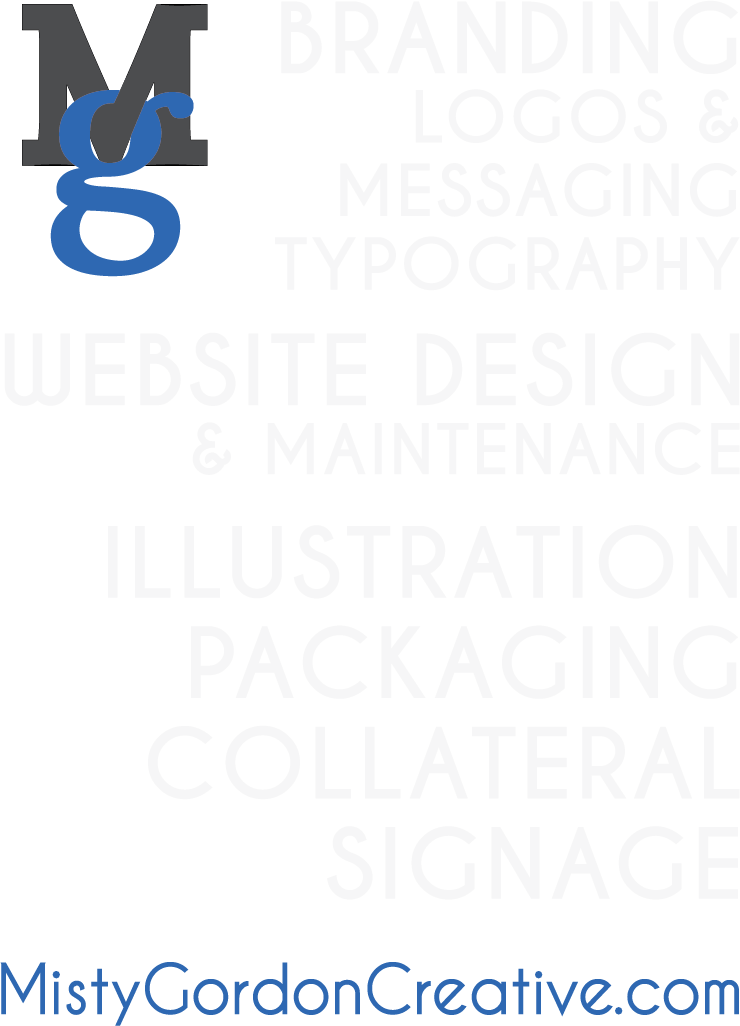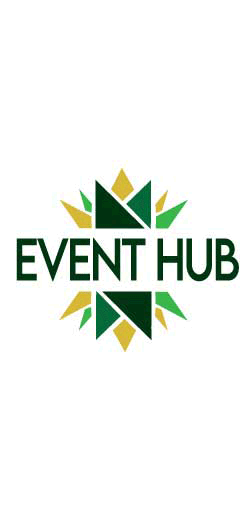Using Consumer Insights to Maximize Brand Growth
One of the most important things to understand as a new business owner is how consumers perceive your brand. There are many factors that will affect the success of both existing brands and new products. Between my time with A-B Inbev and Brown-Forman plus working with clients in my own business, some basics have come to the fore as most important to share.
Consumer insights take into account a great many factors, and I would like to spend some time in this article talking about some key reasons your brand or new product may or may not be successful. Here are some factors from what I’ve learned over the years:
1. Changes in consumer attitudes, behaviors, and tastes drive a lot of what makes brands successful. The root of this movement could really be seen by the incredible rise of Starbucks and other full-flavored coffee. People wanted a better experience that included richer taste, better quality ingredients, a unique brewing and preparation effort (e.g. “hand crafted”), variety, and the ability to customize the coffee they wanted….”I want a half-caff, soy late with 2 shots”.
Both spirits and craft beer have been the primary beneficiaries of this long-term trend. When they walk into a tap room, there are usually 15 styles of beer. If they go to a bar, they can choose from the drink menu something that fits their mood that night.
2. There are counter trends to look for and take advantage of for new products. I remember years ago doing focus group with female spirits drinkers and how vodka and club soda was “seeping” into mainstream usage when we talked about what they drank. The reason is another trend that is a bit counter to “full flavor”, which is health and wellness. Women (primarily) felt that there were very few calories in vodka and club soda so they didn’t feel “guilty” having a few - plus they are refreshing.
Fast forward a few years and on came the explosion in the hard seltzer category! What’s better than having to make a vodka and club soda in a glass? Have the same thing but with some variety in flavor in a convenient, slim lined can! At the same time, this same consumer group was drinking FMB’s like Mike’s or Smirnoff Ice. Except, even the people who drank these felt like they were full of calories, very artificial, and felt “heavy” in the stomach after a few. So, what happened? These two trends collided, and it was like the whole young adult beverage market changed in 3-4 years. Which leads to the next insight….
3. Consumers have different needs for different occasions and almost all drink a variety of beers, wines, and spirits to meet these needs. Long gone are the days when big brands like Budweiser, Jack Daniel’s and Almaden Chablis ruled their categories. As consumers became more “self-centered” versus “group centered”, the need for self-expression and choice became prevalent which led to the explosion of craft products in beer and whiskey. Net, there are different consumer segments and different needs that drive brand volume.
4. Finally, we’ve all seen the movement to more local and organic products, and while this does not impact all brands (Coors Light is still selling a lot of volume!), for those of you in craft beer it is clearly a centerpiece trend that has driven category volume.
So, what are some lessons to use when you are looking at your current brand or considering a new product?
1. Make sure you know what your brand story/positioning is and that it takes advantage of current trends. As there are different craft consumer segments, think of how to best market your brands and their stories to them.
2. You need to be unique, but not too funky when developing new products. As we all know, lots of folks like a lighter wheat beer, but there are many fewer that want a 12% Imperial Stout!
3. When you are developing a new beer, you may want to consider doing a blind taste test in your account or with friends to have them compare the taste of your new product to an existing product that is doing well in the market. (e.g. Your new pale ale versus Sierra Nevada) Just have them rate each one on a scale of 1-10 and then write in some tasting notes. After you have done 50-60 of these, you’ll have a great idea whether your new beer tastes good to your customers. And, if it gets a lower rating, you will have an idea on how to improve it by their comments.
In the next part of this article, I will discuss options on how to use consumer research for a variety of uses such as; getting your packaging right, taste optimization, crafting an engaging brand story and a couple of other pointers.
Contributing Author
Jeff Musial Partner, Brand Elixir Partnership
With 28 years of experience with major packaged goods companies, Jeff is known for being able to simplify complex issues and provide insightful recommendations based on consumer insights, innovation, and brand management. Most recently he founded Musial Insights & Innovation to assist small and mid-sized companies in their efforts to drive organic growth through effective use of marketing research and innovation processes.
Media: It's Worth Your Time
Jonathan Shikes
It's been a long day. You've ordered ingredients and supplies, talked to your lawyer, paid your graphic designer, fixed a plumbing problem, filled out another mound of paperwork, glanced at the latest CDC guidelines, talked to your lawyer again, and checked and rechecked your financials. The last thing you want to do now is put on a smile and actually market your brewery to the media, to the public and on social media. But it's an important step and one that can very easily help separate you from the
FAB Innovation: What We Can Learn
Jeff Musial, Brand Elixir Partnership
For those of us who have worked in the alcohol beverage industry for awhile, flavored alcohol beverage have been a source of intrigue. New brands and styles seem to pop up every 3-5 years, have huge growth, and then inexorably go through a decline period. Many are still with us, after all, you can go to the shelf and still find some type of “wine cooler” type product 40 years after they were first introduced! ( Hard Seltzers are not “dead”, you‘ll be able to find them on the shelf in ten years just like
Creating Your Brand Identity: Design Considerations
Misty D. Gordon, Misty Gordon Creative
What is Brand Identity?
Brand Identity: the visible elements of a brand, such as color, design, and logo, that identify and distinguish the brand in consumers' minds.
Branding: the marketing practice of actively shaping a distinctive brand.
Anatomy of a Press Release
Emily Hutto, Rad Craft
No two press releases are the same, but here are some basic elements that all of them should include:
-
FOR IMMEDIATE RELEASE: YOUR HEADLINE
Your HEADLINE is just that- think of what it might read if your news were on the front page of
a newspaper. Try to keep it to one succinct line. -
THE MEAT: YOUR SUBHEAD
Your SUBHEAD, or your first paragraph, should summarize as much of your release
PLAN
BRANDING & graphic design
-
Brand Discovery Research
-
Competitor Research
-
Identify Target Audience
-
Understand Creative Presence
-
Consider Deliverable Dates
-
Review Graphic Artists
PR & advertising
-
Tell Your Story
-
Curate a Media List
-
Write a Boilerplate
-
Create an Electronic Press Kit
-
Identify Niche Ad Platforms
WEB & Content marketing
-
Understand Web Presence
-
Evaluate Cost vs. Complexity
-
Consider Deliverable Dates
-
Review Web Designers
-
Refer to Branding
-
Write a Content Calendar
ACT
BRANDING & graphic design
-
Create Brand Voice
-
Write Brand Message
-
Create Brand Materials
-
Signage
-
Marketing/Ad Collateral
-
Packaging Design
-
Merchandise Design
PR & advertising
-
Reach out to Press Contacts
-
Introduce Yourself to your Local Visitors Association
-
Draft a Press Release
-
Schedule Advertising
WEB & Content marketing
-
Initial Web Platform Build
-
Set up Purchasing/Online Ordering
-
Schedule Website Maintenance
-
Start Posting per Content Calendar
-
Document Everything!
oPEN
PR & advertising
-
Announce your Opening
-
Sample the Media on your Beer!
-
Advertise your Opening
WEB & Content marketing
-
Announce your Opening on your Website
-
Ask for User Generated Content
-
Use Actual Product for Campaign
GrOW
BRANDING & graphic design
-
Reevaluate Brand Strategy
-
Update Brand Identity
-
Increase Brand Messaging
-
Marketing/Advertising Collateral
-
Signage Upgrades
-
Additional Packaging Design
-
New Merchandise Design
PR & advertising
-
Maintain Relationships
-
Build Momentum
-
Get Creative
-
Increase Advertising Reach
WEB & Content marketing
-
Website Upgrades/Changes
-
Content Management
-
Schedule Website Maintenance
-
Execute Long Term Projects
-
Watch Ongoing Analytics
-
Further Develop Email List










